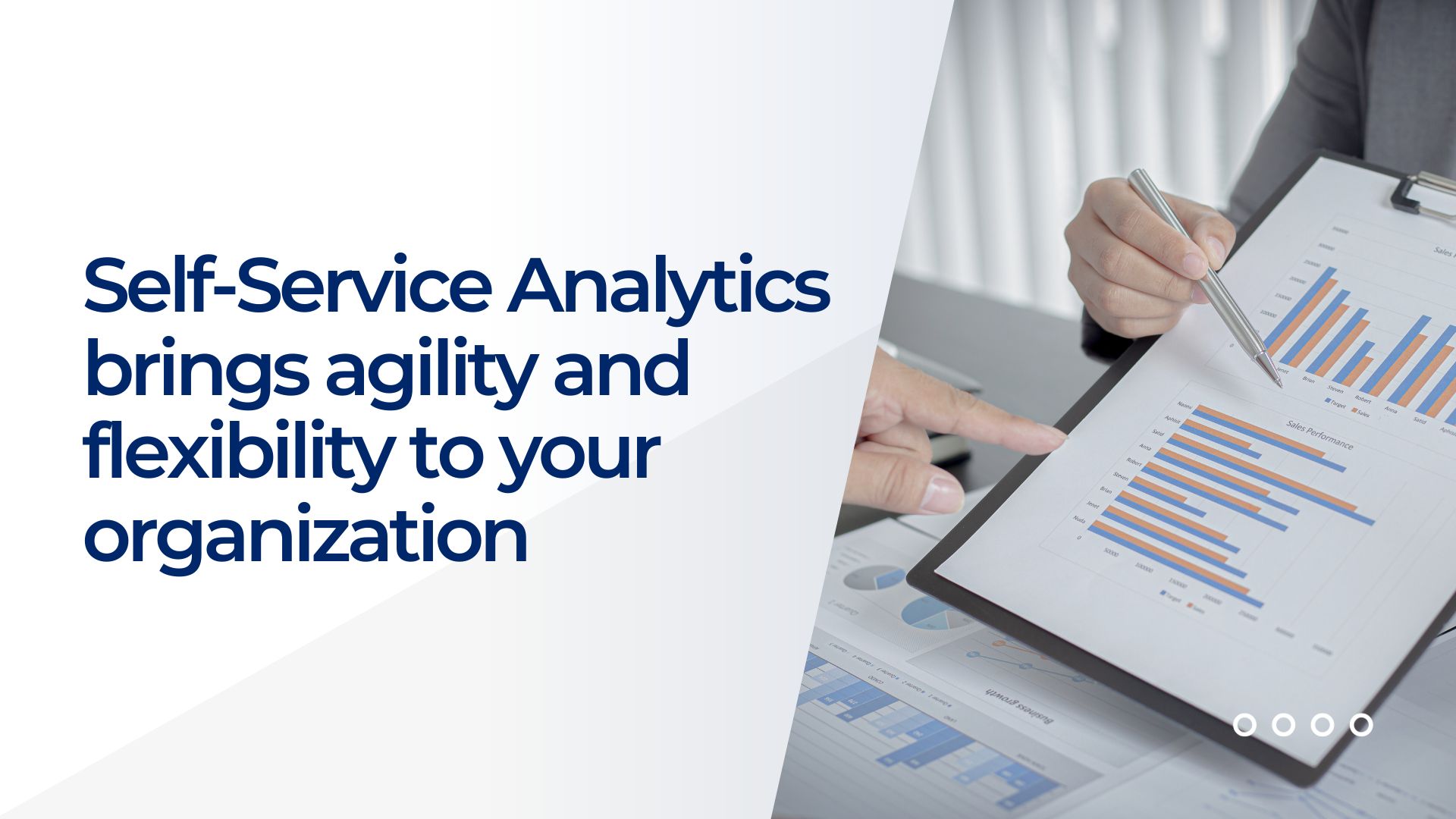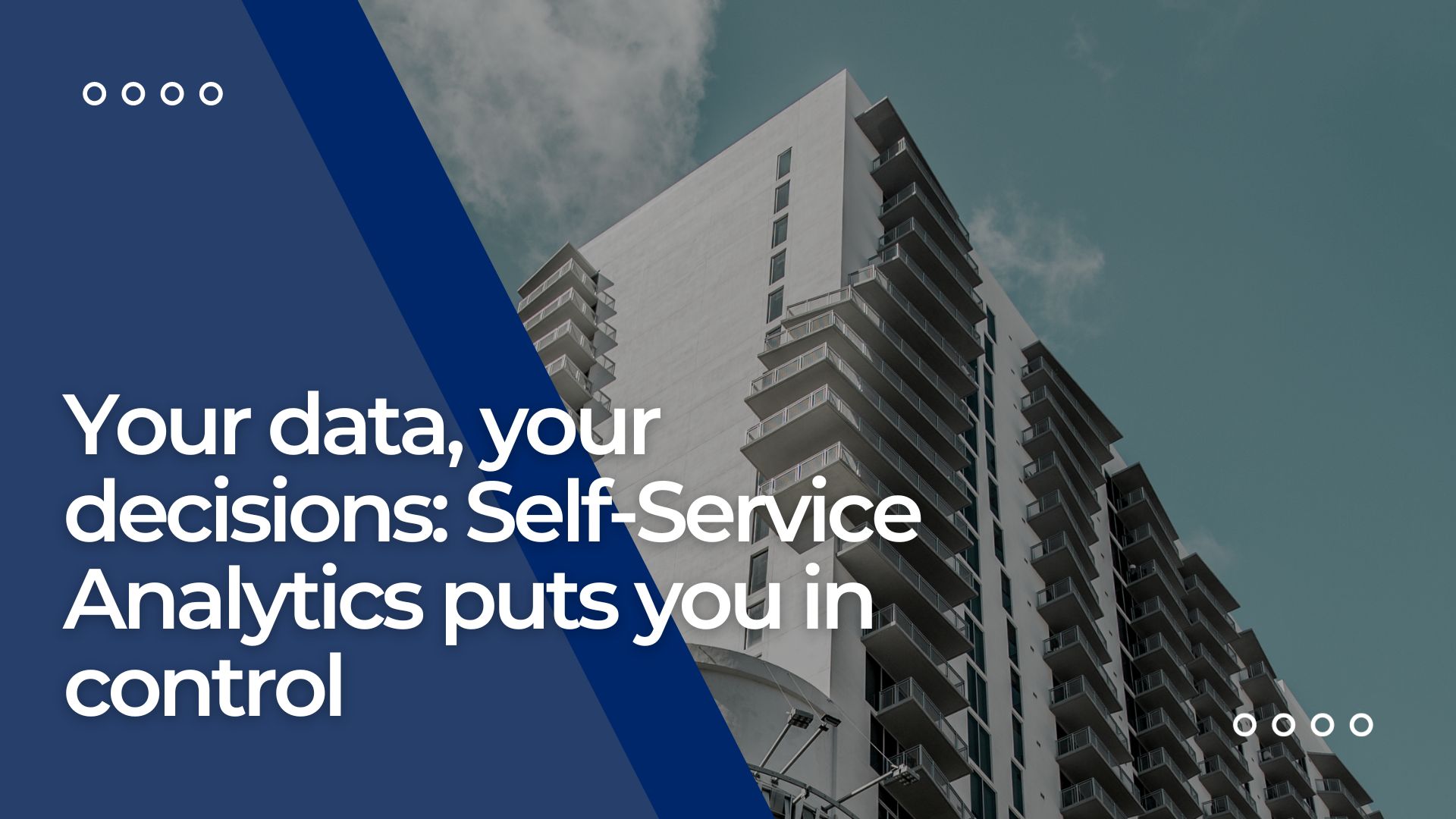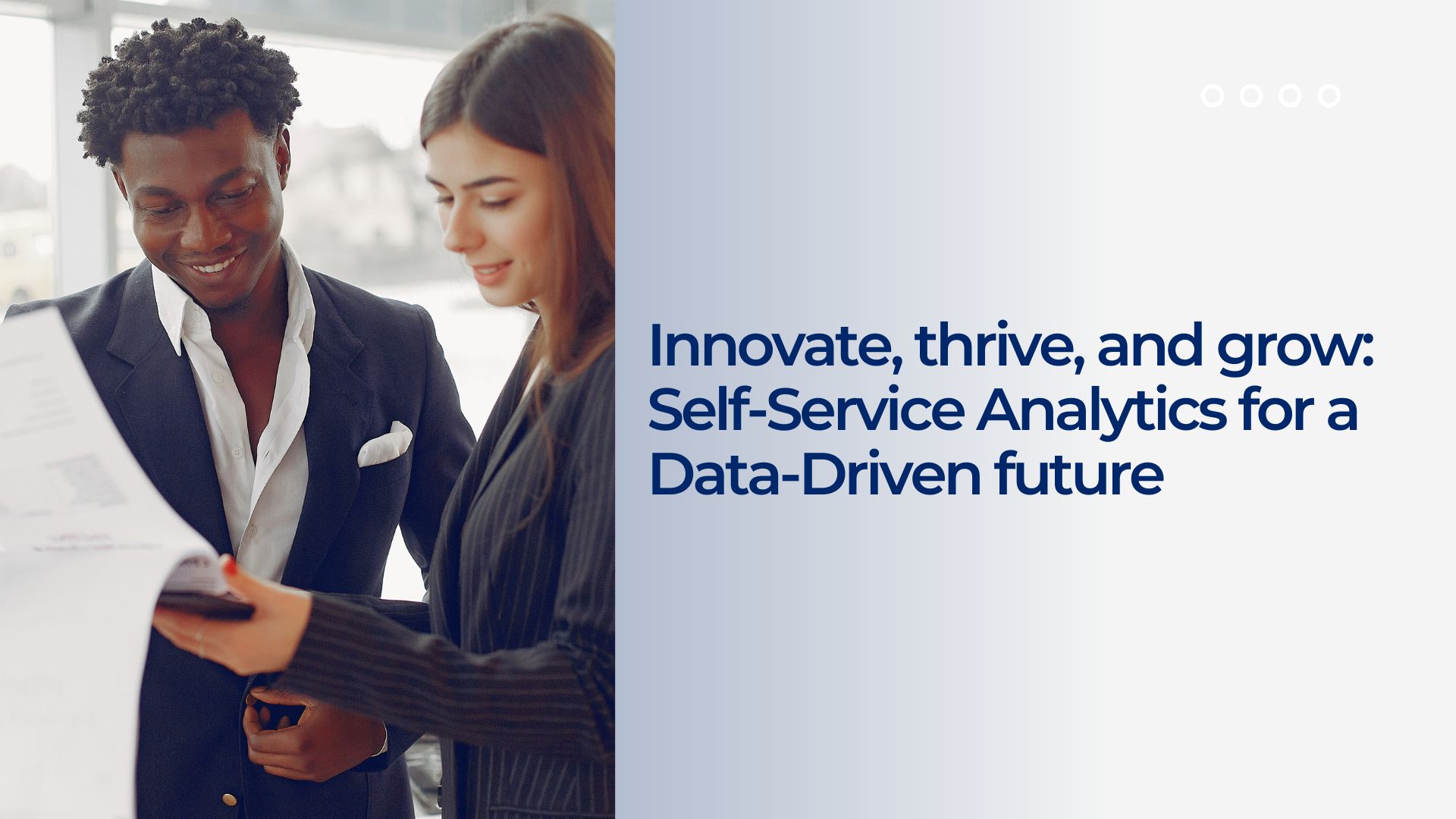- Home
- Self-Service Analytics
- What is Self-Service Analytics ...
In today’s Data-Driven world, organizations are constantly looking for ways to harness the power of Data to make better decisions and gain a competitive advantage Self-Service Analytics has emerged as a powerful solution for employees if users have been able to Access, Analyze, and Visualize Data.

In this blog, we’ll explore the concept of Self-Service Analytics, its benefits, best practices, what to look for in the Self-Service Analytics process, and how it can change your business.
Table of Contents
What is Self-Service Analytics?
Self-Service Analytics refers to a Data Analysis method that allows business users, with no background in data science or IT, to Search and Analyze Data independently. This method typically uses easy-to-use tools and interfaces that make it easier for non-technical users to interact with Data. The key components of Self-Service Analytics include:
Data Access
Self-Service Analytics platforms provide users with access to Data Sources, such as databases, spreadsheets, and cloud services. Users can access these Data Sources without IT support.
Data Preparation
Users can edit, manipulate, and prepare Data for Analysis. This can include activities such as Filtering, Merging, and Cleaning Data Sets to ensure Data Quality.
Data Visualization
Self-Service Analytics tools typically offer multiple viewing options, allowing users to create charts, graphs, dashboards, and reports to better display their findings.
Ability to Analyze
Users can perform a variety of analyses including descriptive, analytical, and predictive, analysis. Statistical and machine-learning techniques can be used to unlock insights.
Sharing and Collaboration
Collaborative features allow users to share their findings with colleagues and collaborate across projects, leading to better decision-making across the organization.
Advantages of Self-Service Analytics

Self-Service Analytics offers a number of benefits that could change the way organizations generate Data and Analytics:
Empowerment of Business Users
Non-technical employees can be more Data-Savvy and make informed decisions, reducing reliance on IT or Data Specialists.
Quick Decision-Making
Self-Service Analytics enable users to quickly Access and Analyze Data, speeding up the decision-making process.
Improved Data Quality
Users can edit and modify Data themselves, ensuring the accuracy and reliability of Data Processing.
Agility and Flexibility
Organizations can more easily adapt to changing business environments and opportunities when employee users can explore Data freely.
Cost Efficiency
Cost savings can be achieved by reducing reliance on IT and Data Analysts, as organizations can reallocate resources more efficiently.
Five Self-Service Analytics Best Practices to Follow
To get the most out of their own performance appraisals, organizations should adhere to best practices:
Training and Support
Provide training programs and help users become proficient with their service evaluation tools. Training can be tool-specific and Data Analysis techniques in general.
Data Governance
Implement robust Data governance policies to ensure Data Integrity, Security, and Compliance. This includes defining Data Ownership, establishing Data Quality Standards, and ensuring Data Security.
Scalable Infrastructure
Make sure your infrastructure is scalable to handle increased Data and Analytics requirements. Scalability is important as more users start using their own service analytics tools.
Collaboration
Encourage collaboration and knowledge sharing among users to implement shared strategies. Collaboration should be implemented in the Self-Service Analytics space to enable effective teamwork.
Monitoring and Feedback
Continuously monitor the use of Self-Service Analytics tools and collect user feedback to improve. Use analytics to track usability, performance, and user satisfaction to identify areas for improvement.

What to Look for in a Self-Service Analytics Platform
When choosing a Self-Service Analytics platform, consider the following key factors.
User-Friendly Interface
The platform should have an intuitive, user-friendly interface that allows business users to quickly work with Data. Drag-and-drop functionality, easy navigation, and clear menus are essential.
Data Connectivity
It should support different Data Sources, making it easier to Access and Analyze Data from different sources. This includes support for databases, cloud storage, web services, and more.
Data Preparation Tools
Strong Data preparation capabilities are required to effectively Cleanse and Transform Data. Look for features that allow users to Extract, Compress, and Cleanse Data without requiring advanced technical skills.
Visualization Options
Explore platforms with different visual options to create meaningful and insightful reports and dashboards. It includes support for various charts, heatmaps, maps, and a number of custom view options.
Collaboration Features
Make sure the platform allows for easy sharing and collaboration between users. Features such as shared dashboards, report presentations, and real-time collaboration tools enhance teamwork and knowledge sharing.
Security and Governance
Strong security features and Data Governance policies are critical to protecting sensitive information. Require role-based processing, encryption, and auditing capabilities to ensure Data is secure and compliant.
Transform Your Business with Self-Service Analytics
Embracing Self-Service Analytics can be a game changer for your organization. It empowers users of your business, makes decisions faster, and utilizes resources more efficiently. With the right platform and best practices, you can harness the full potential of your Data and stay ahead in today’s Data-Driven world.
In conclusion, Self-Service Analytics is not just a tool; It’s a way to build a Data-Driven culture in your organization. By giving your non-technical employees the tools to Access and Analyze Data independently, you can unlock the full potential of your Data and drive innovation, efficiency, and growth.
Using Self-Service Analytics can lead to a more agile and Data-Driven organization, enabling you to make faster, better-informed decisions that give you a competitive edge in today’s rapidly evolving business environment.

Apoorva is a passionate and driven individual who accidentally found her interest in Business Intelligence and Data Analysis while studying Travel and Tourism. Despite her first love for being Content Writer and Blogger, she now creates compelling content on NLP-driven decision-making and a No-Code Data Platform that influences businesses. Her commitment to making Data accessible and Democratized for everyone has led her to work with NewFangled Vision on NLP-based Conversational Driven Data Analysis.
Category
- Case Study
- CRM GenAI
- Customer Sentiment Quester
- Data Analytics
- Data Democratization
- Decision Enabler Platform
- Enterprise GenAI
- Excel Sheet Analytics
- GenAI for manufacturing
- Generative AI
- Generative BI
- Log Analytics
- Newfangled Vision
- No-Code BI
- No-Code ETL
- PolusAI
- POS GenAI
- Real Estate Anlaytics
- Research
- Self-Service Analytics
- Stream Analytics
- Uncategorized
- VADY

